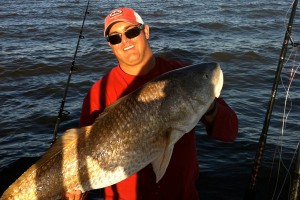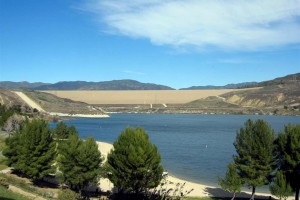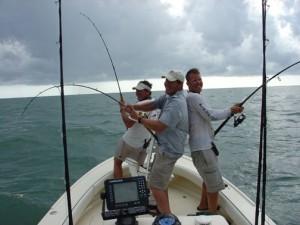Fish Checklist
 In perusing the Great Smoky Mountains National Park website I came across a long list of native and non-native fish that are found in the waters running through the park. As mentioned previously, the park is known for its rainbow, brown, and brook trout (of which only the brook trout is considered native, meaning the species lived in the waters prior to European settlement). Other native species include logperch, gilt darter, olive darter, and tangerine darter fish.
In perusing the Great Smoky Mountains National Park website I came across a long list of native and non-native fish that are found in the waters running through the park. As mentioned previously, the park is known for its rainbow, brown, and brook trout (of which only the brook trout is considered native, meaning the species lived in the waters prior to European settlement). Other native species include logperch, gilt darter, olive darter, and tangerine darter fish.
TN snubnose darter, Swannanoa darter, wounded darter, and banded darter are also native (are you seeing the trend?). Among non-native species found are walleye, yellow perch, fathead minnow, and sunfish. I’m eager to visit the park to do some fly fishing for these many species, as well as take my boat out in the surrounding areas. First I need to get my shipment of bulk motor oil!












